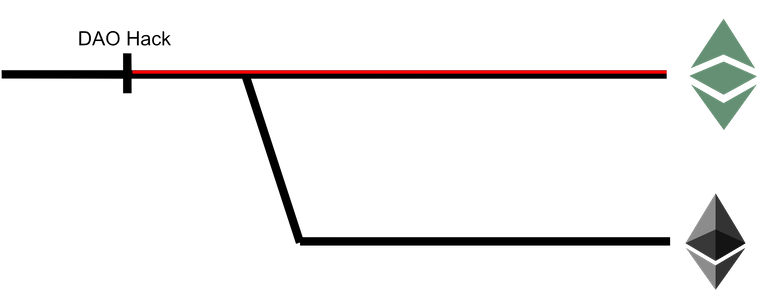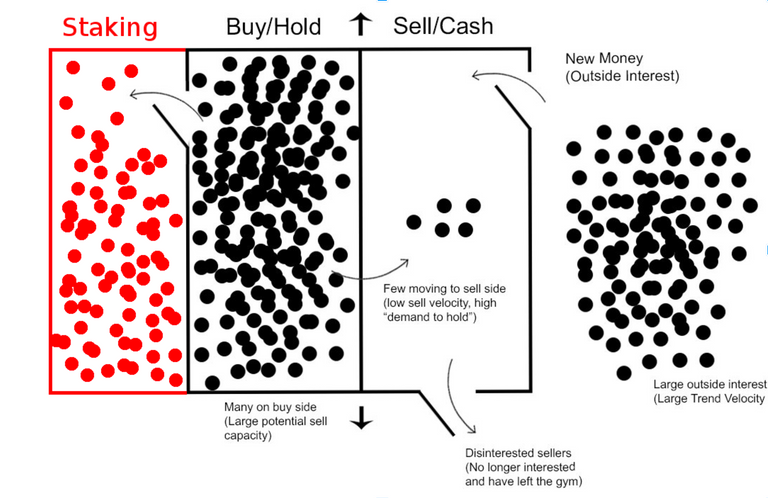
Around the 5th of March ETC holder will receive 1 Callisto token for each Ether they have. As a result ETC already rose 30% in value. Is this the Nth scam? What is Callisto? Is the FOMO justified?
Ethereum Classic

On June 2016 a faulty smart contract on Ethereum let some hackers steal millions of tokens exploiting a bug. Given the amount of the loot the core developers decided to fork the blockchain to revert those transactions.
Still, a minority of people maintained the original blockchain and rebranded it to “Ethereum Classic” (ETC) to avoid confusion.
Blockchains have become popular for their immutability property. Once a transaction is written on a block it will stay there forever. So people who value this philosophy were afraid that abandoning the original blockchain would set a precedent for future discretionary hard-forks. This is why ETC is still important and people who don’t want their transaction to be policed will find a safe harbour there.
Callisto
Weirdly, Callisto (CLO) main proposition is to bring more people to Ethereum Classic. While this is stated explicitly in Callisto whitepaper, they will get to their goal through enhancement of the entire ecosystem and implementation of new technologies.
Scalability
According to their roadmap they aim at improving Ethereum scalability by working in parallel as a sidechain and by being compatible with ETC smart contracts. A good idea I immediately spotted is to enforce a biannual, programmed hard-fork. Instead of going through the effort to set a date and make everyone agree, it’s much easier in principle to set it on stone, or on protocol in this case.
Cold staking and the moonlight protocol

Another nice idea (on paper) is their cold staking feature. This is conceptually similar to things like Steem Power or Steem Dollars. They recognise the importance of hodling and just remove liquid money from the market. Reducing supply of course help creating a stable system and give more value to the tokens. This would be enabled by just committing some amount of token to a stake pool that locks the coins for a month. By receiving 10% interest, stakers are rewarded without the need of even running a node thanks to the cold staking feature.
Is all this a scam?
While there are no huge red flags, even the roadmap laid out by the developers specify that most of the critical features are not ready and they won’t be for at least another year. Their repo for now is not much more than a fork of the go-ethereum project and the website advertised in the description is not reachable.
Additionally Callisto is part of the Ethereum Commonwealth project which is an already funded and very credible consortium to further develop ETC.
So, no, it’s probably not a scam, and the project in fairness has some good, feasible ideas to improve the ETC world, however investors should be prepared to endure for quite some time and the project will sure have a bump or two along the way.
How do I buy Callisto?
You can’t directly buy CLO but you can buy ETC and you will get 1 CLO for every ETC you hold before block 5’500’000 (expected for the 5th of March).
Conclusions
In the grand scheme of things Callisto is certainly a welcome addition to the Ethereum family. It introduces cold staking, helps solving scalability issues and will certainly aid develop cross-blockchain communication technologies.
Second generation blockchains for smart contracts like EOS, ADA and NEO are still in the making and while they are set to obliterate Ethereum-like blockchains, no one knows when they will ultimately deliver and if they will beat Ethereum in all aspects. Callisto adds a piece to this puzzle that will surely strengthen ETC’s position.
Good point. Why buy only one when you can buy both with one purchase!